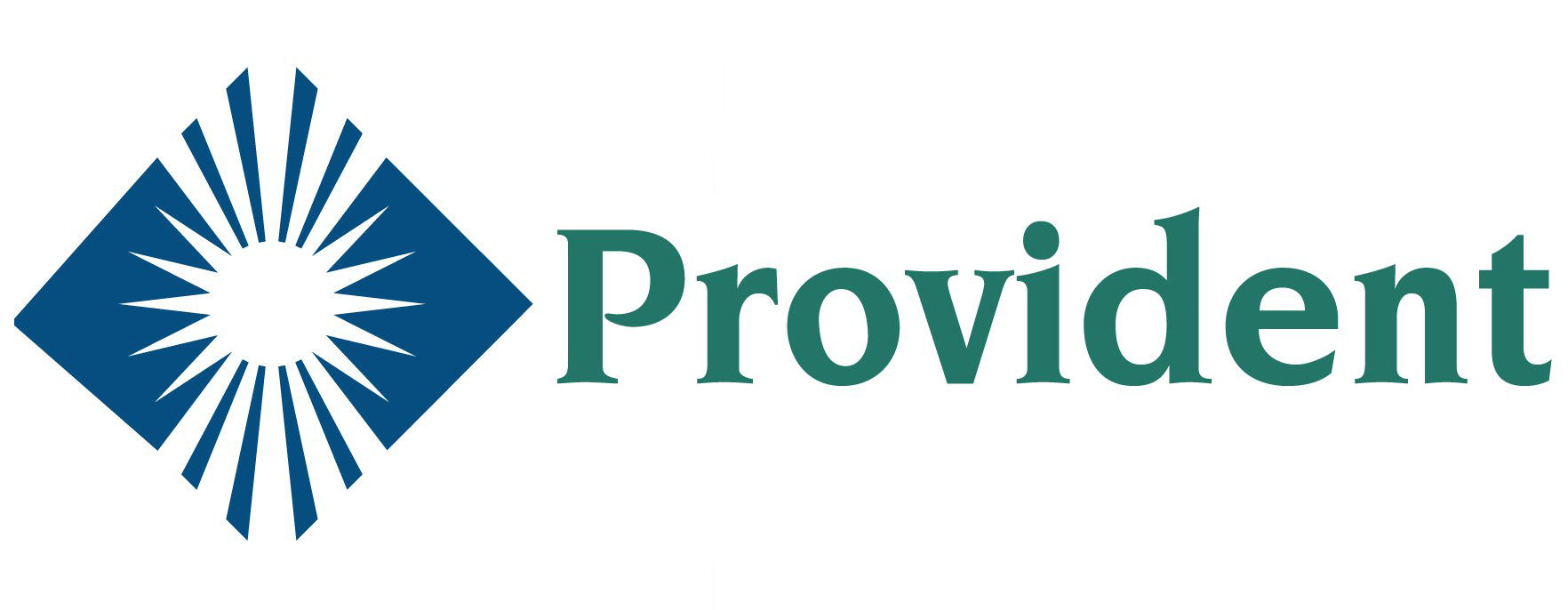Consolidation: A Growing Trend in Radiology
Consolidation: A Growing Trend in Radiology
Published May 2016
Many are likely aware of the transactions that have been led by large, publicly traded multi-specialty companies such as AMSURG’s $2.35 billion acquisition of Sheridan Healthcare in May 2014 or MEDNAX’s $500 million acquisition of teleradiology provider Virtual Radiologic in Q2 of 2015, but these certainly are not the only groups utilizing mergers and acquisitions as a strategy to remain competitive in the rapidly evolving U.S. healthcare industry. Merger and acquisition activity has boomed within physician services in recent years, and while radiology has yet to undergo consolidation to the extent of other hospital-based subsectors such as anesthesia or emergency medicine, mergers and acquisitions have played a much more prominent role in recent quarters. In January of 2015, Ohio-based Aris Radiology utilized the capital resources of the group’s private equity partner Great Point Partners to acquire Optimal Radiology, creating one of the largest groups in the country with over 160 board-certified radiologists. Also in 2015, Sheridan’s partnership with AMSURG allowed the group to complete two large radiology deals with the acquisitions of Radisphere Radiology and Radiology Associates of Hollywood, respectively. Consolidation is also occurring in the lower-middle market, where the largest 100 independent private practices have grown substantially in recent years. Based on data from Radiology Business Magazine’s Radiology 100, the median size of the top 100 private practice groups in the country has grown sharply, from 39 radiologists in 2013 to 47 in 2015, demonstrating a major industry trend of strength in numbers that seems to be gaining pace.
Report Summary
• Drivers of Consolidation
• Technological Innovation
• Private Equity
• Closing Thoughts
[holo_button icon=”” link=”/wp-content/uploads/2020/03/Consolidation-A-Growing-Trend-in-Radiology.pdf” color=”#003561″ target=”blank”]PRINT/DOWNLOAD[/holo_button]
